LOCATION: Endemic to North and South islands of New Zealand from coastal to lowland areas.
RONGOĀ: Kawakawa plants are known for their medicinal properties and have been used for generations as potent plant medicine, healing a variety of ailments. The leaves and fruit are used to make a wai rakau (tea) and drunk for internal medicine. The underside of the leaves can be applied to skin as a poultice to treat wounds and draw out infections. Kawakawa tea is thought to be a good general tonic for the body.
BIRDS AND BUGS: Long fleshy orange berries are food for birds which then spread the small black seeds. Known as the ‘pepper tree’ because of the peppery taste of the seeds and leaves, kawakawa is related to the kava plant of the Pacific Islands. The leaves are often holey from being eaten by the endemic kawakawa looper caterpillar, named after its favoured tree. The caterpillars can be seen hanging off the leaf by a long thread.
CULTURE: In traditional Māori pūrākau, it is said that Kawakawa was sent to Papatūānuku the Earth mother, from Io Mātua Kore (the infinite nothing/greater awareness that surrounded the bound beings), to heal her broken heart after separating from her lover Ranginui. The heart-shaped leaves of kawakawa remind us of this story of a broken heart and that the leaves are healing medicine for the heart.
The leaves of the plant do indeed warm the heart by increasing and strengthening the heart’s ability to pump blood throughout the body. The whole plant, roots to leaves, have medicinal uses and applications.
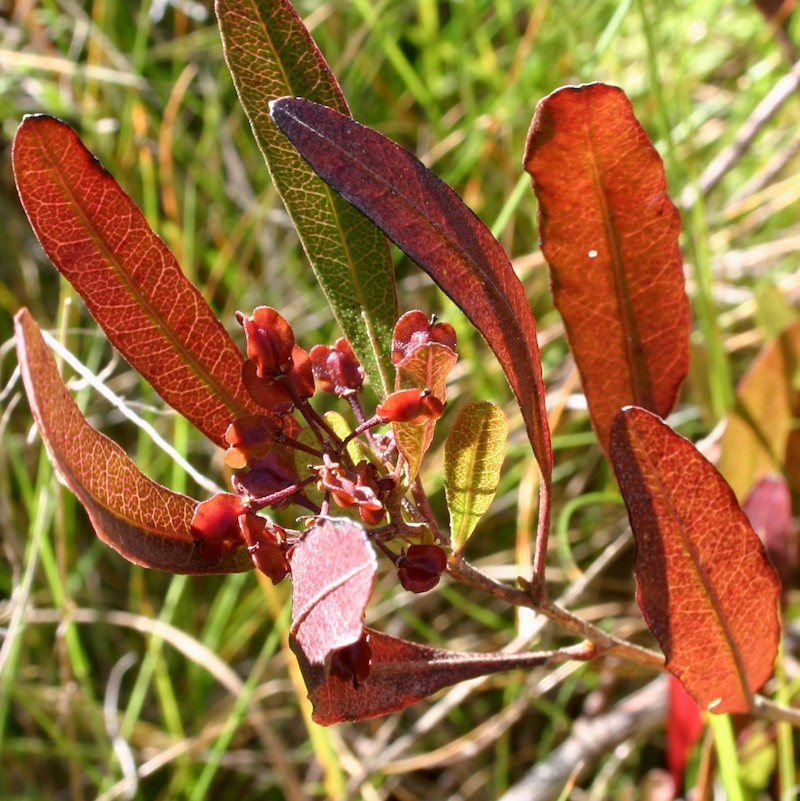 Mike Lusk
Mike Lusk Five times winner of the prestigious international green space award.
Five times winner of the prestigious international green space award.
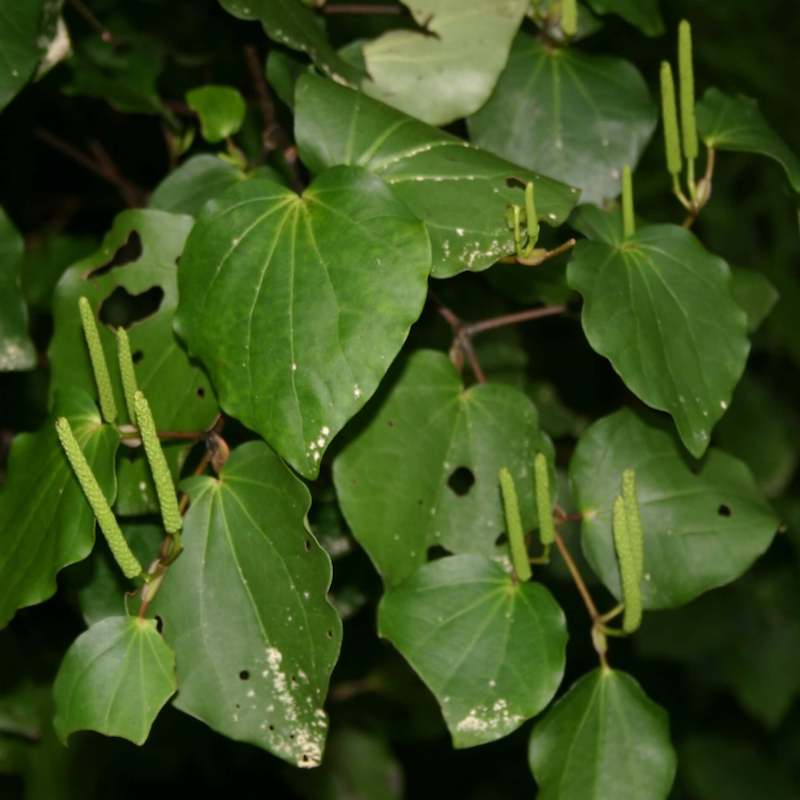
 Source: Mike Lusk
Source: Mike Lusk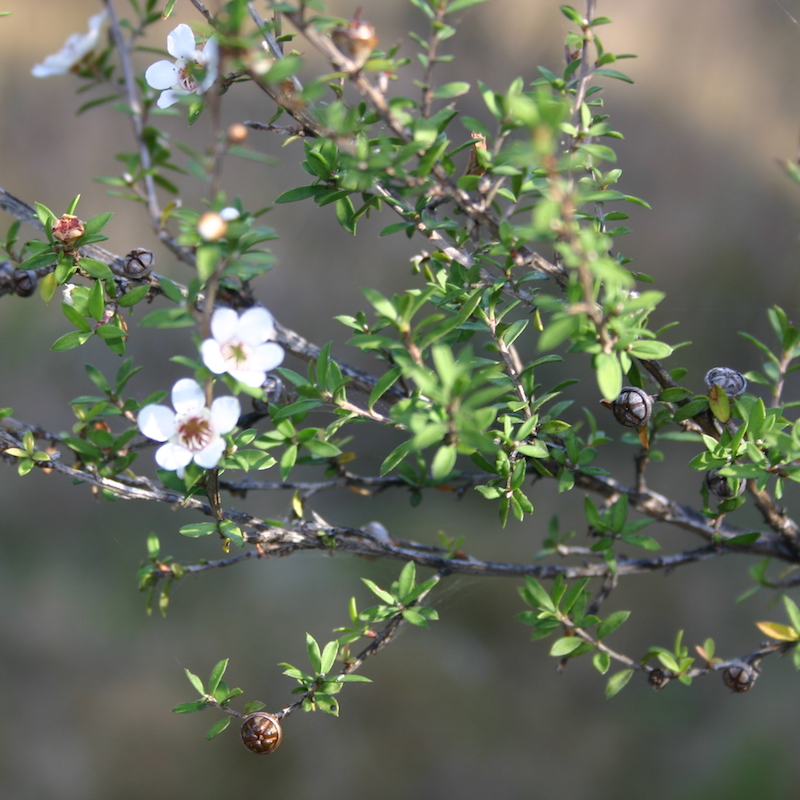 Source Mike Lusk
Source Mike Lusk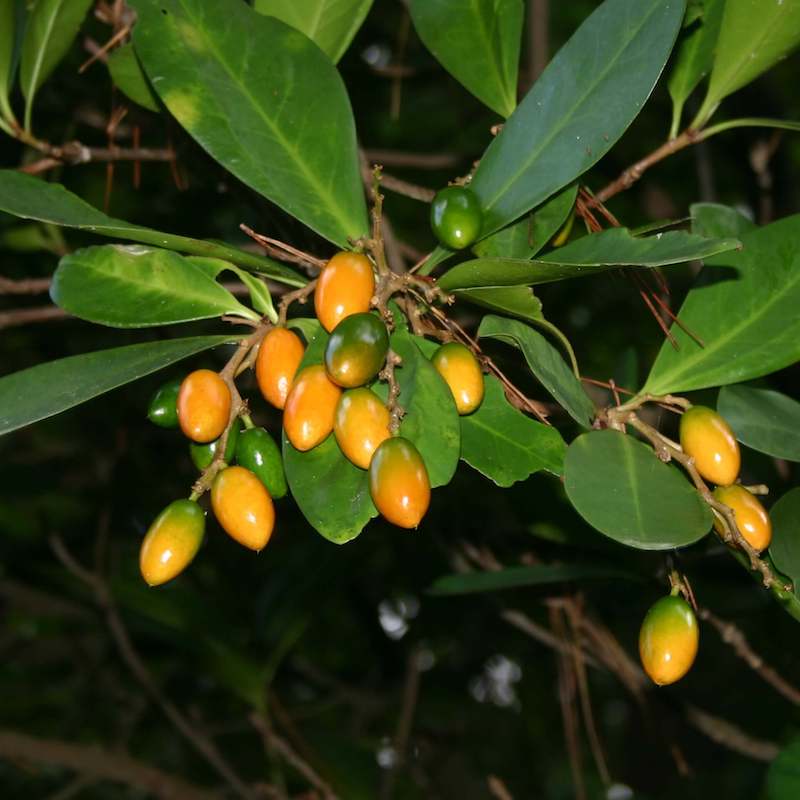 Source: Mike Lusk
Source: Mike Lusk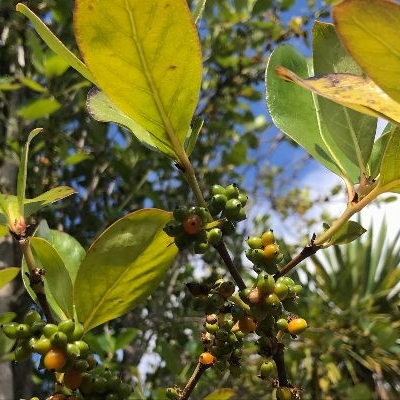
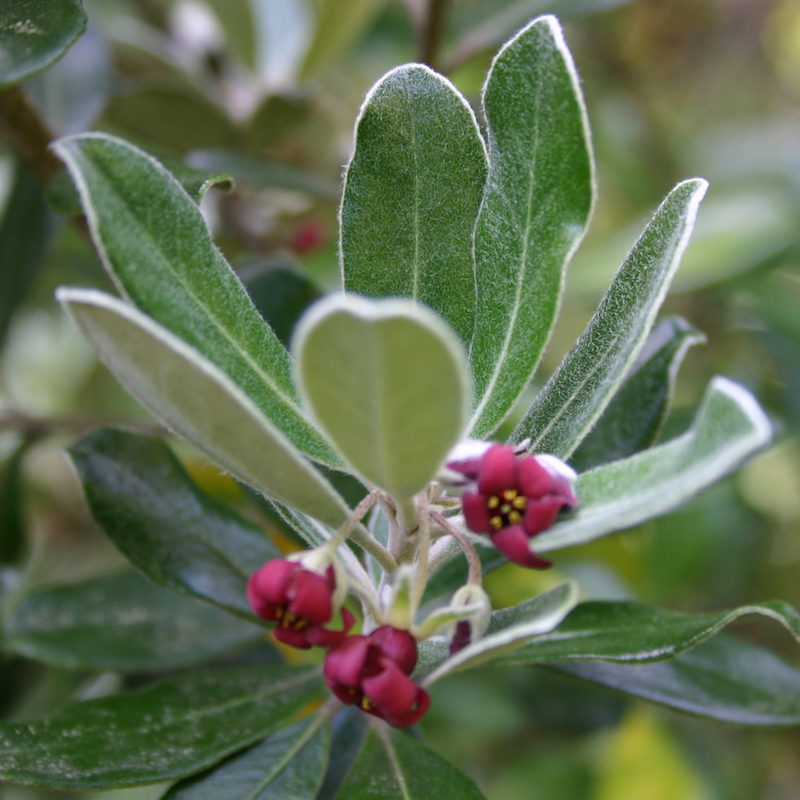 Mike Lusk
Mike Lusk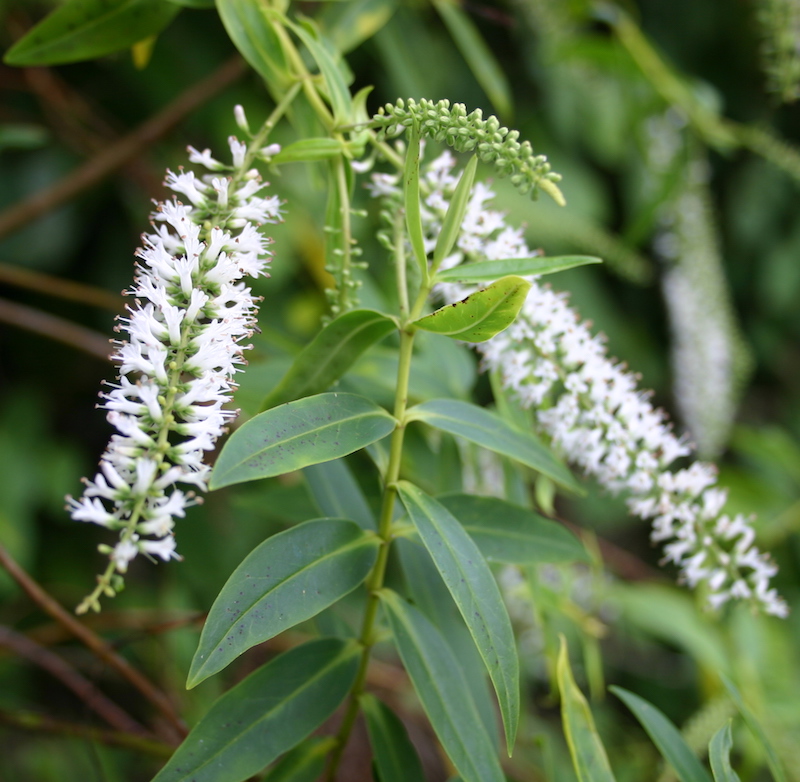 Source: Mike Lusk
Source: Mike Lusk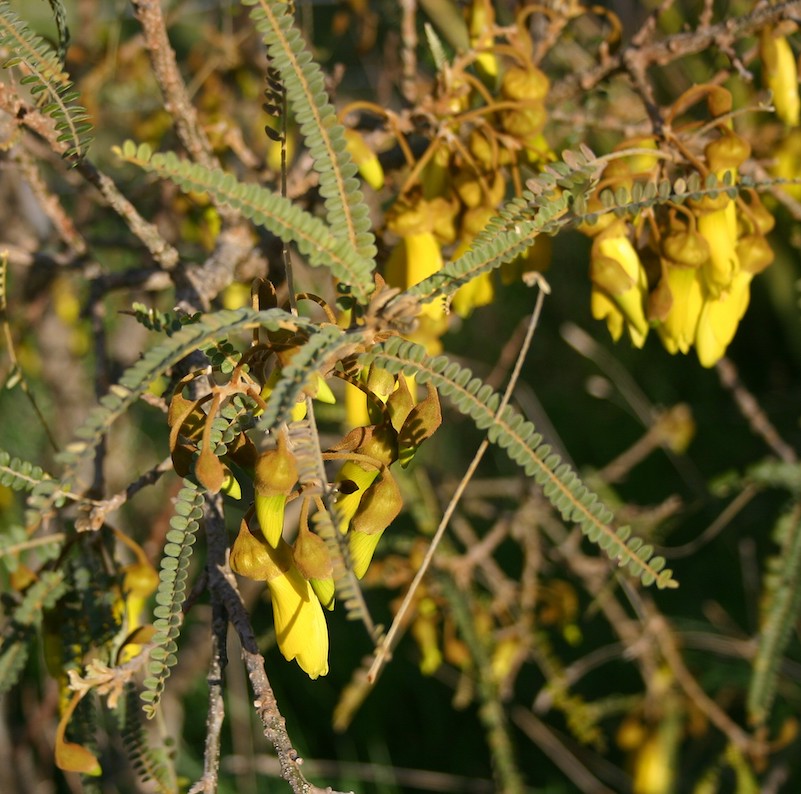 Source: Mike Lusk
Source: Mike Lusk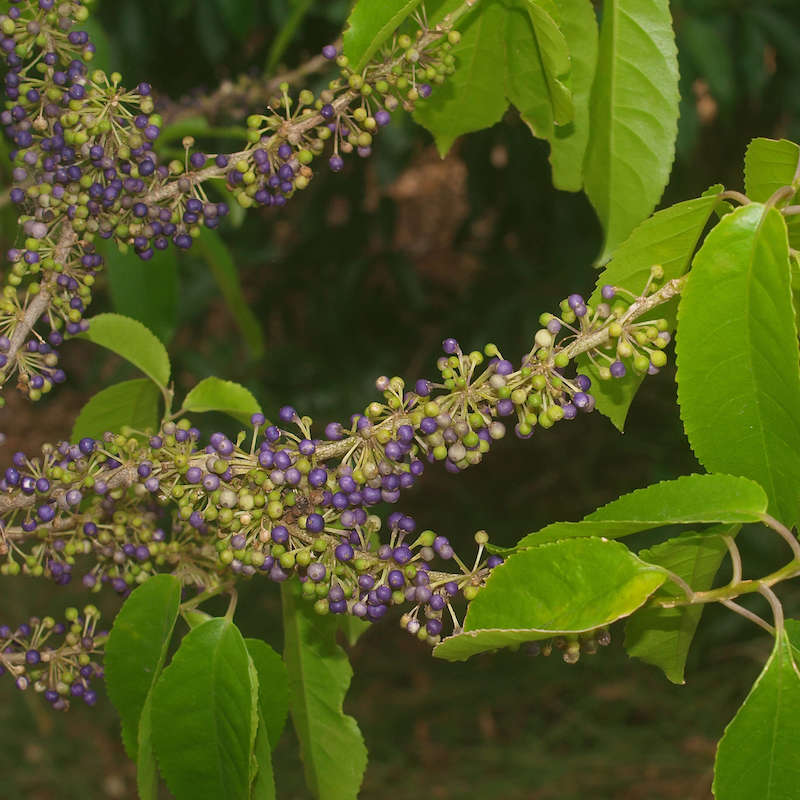 Source: Mike Lusk
Source: Mike Lusk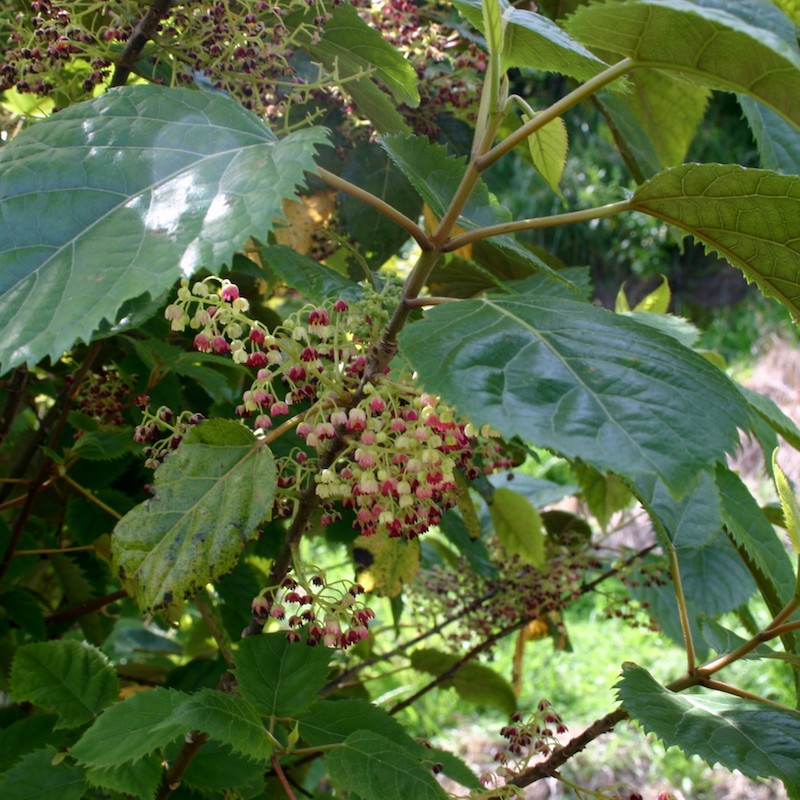 Mike Lusk
Mike Lusk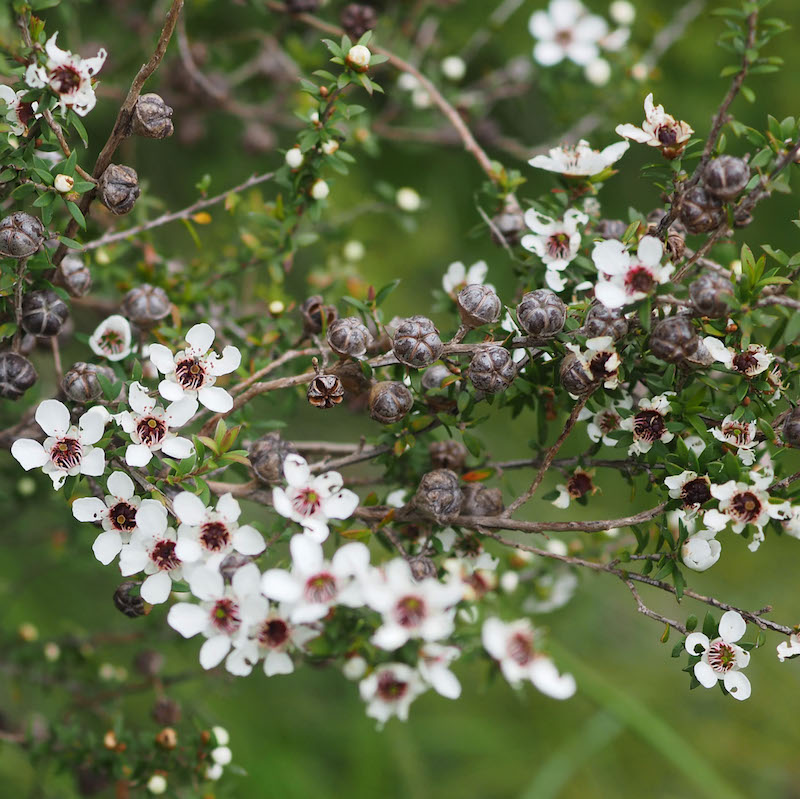 Source Mike Lusk
Source Mike Lusk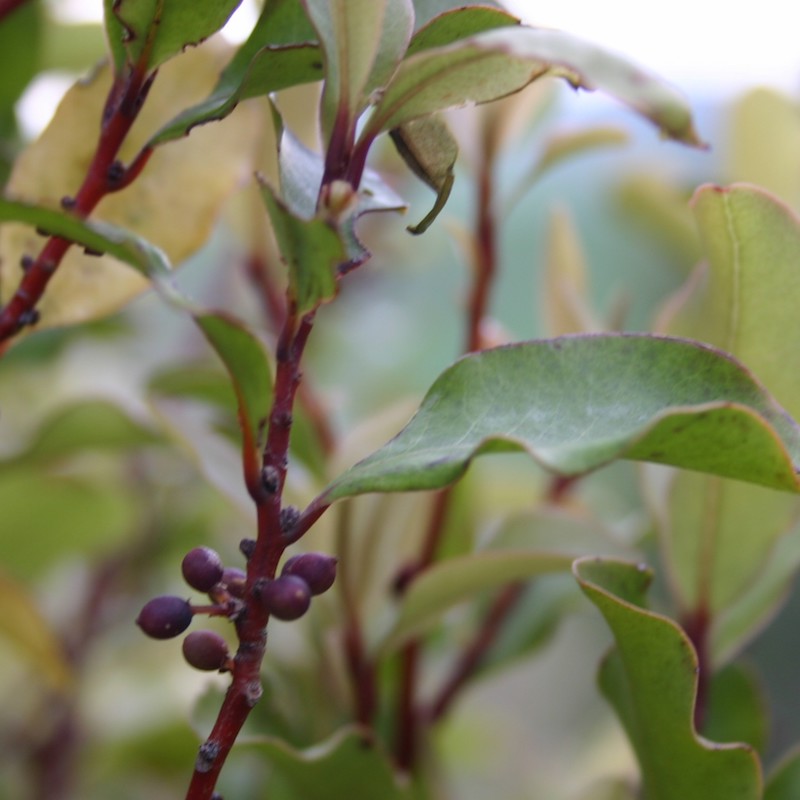
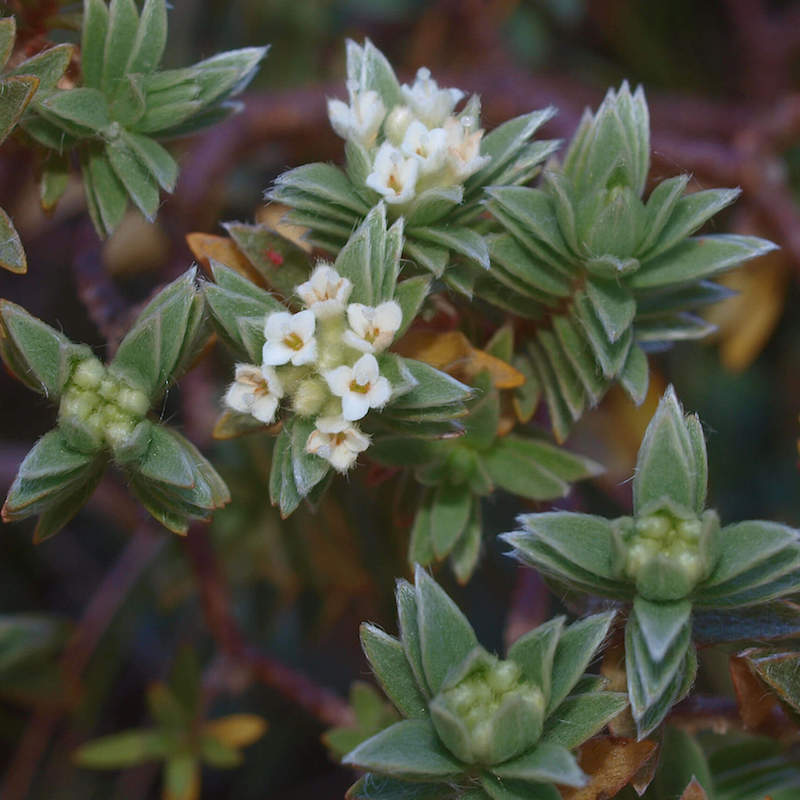 Source: Mike Lusk
Source: Mike Lusk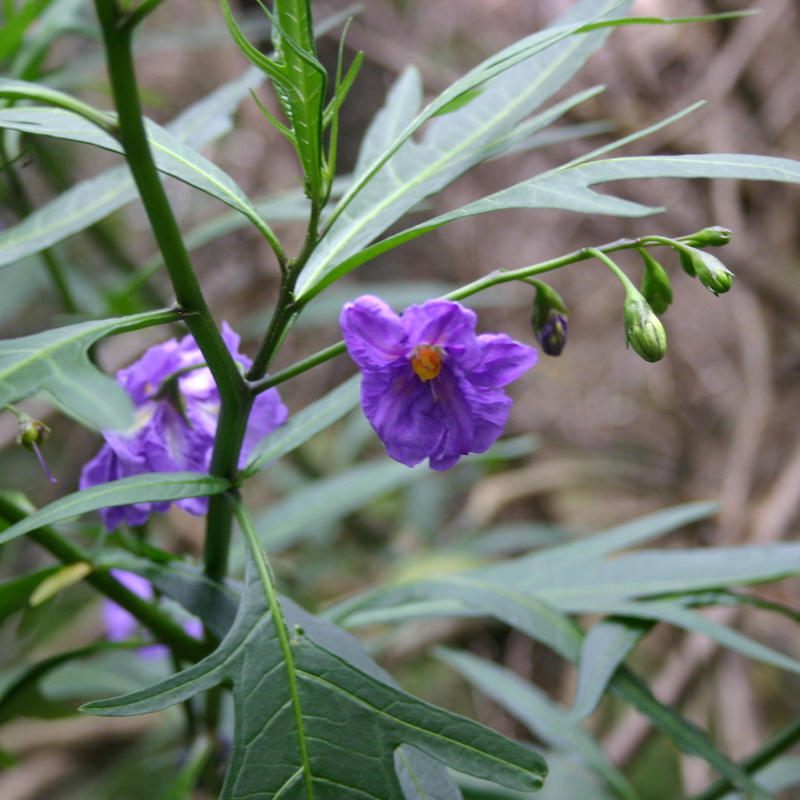
 Source: Mike Lusk
Source: Mike Lusk
 Source: Mike Lusk
Source: Mike Lusk Source: Mike Lusk
Source: Mike Lusk